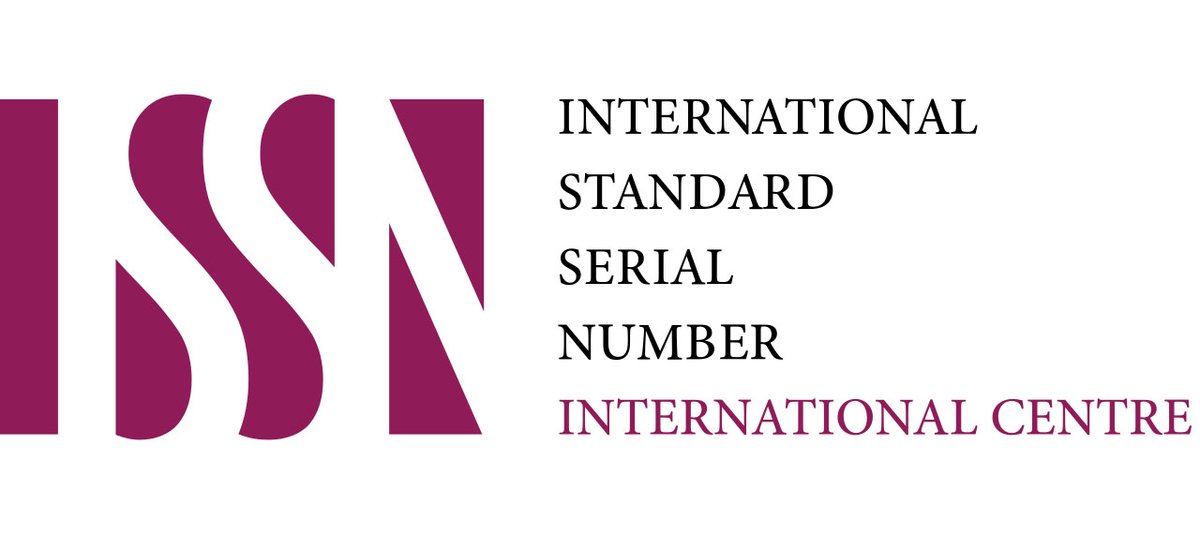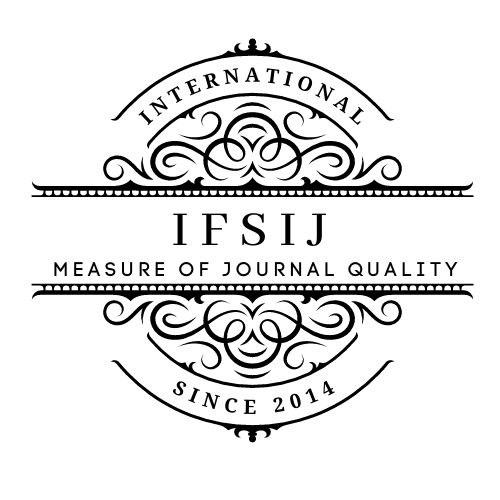IMPROVING THE TEACHING OF PHYSICS BASED ON ITS INTEGRATION WITH BIOPHYSICS AND MEDICAL SCIENCES
Keywords:
Building “bridge” relationships between disciplines, ensuring interdisciplinary integration, professional and general competencies, integration of biomedical engineering disciplines, biomedical engineer.Abstract
In the current credit-module system, the educational direction 60711100 – Biomedical Engineering allocates 10 credits to the physics course. The total number of hours assigned to this subject is 300, with 60 hours for lectures, 30 hours for practical sessions, 30 hours for laboratory work, and 180 hours for independent study. It is evident that the hours allocated for independent study significantly exceed those for lectures, practical sessions, and laboratory work combined. This means that a large volume of information must be delivered to students within a limited timeframe, especially since the hours allocated for classroom activities have been reduced compared to previous systems. How can this issue be addressed? In our view, the most effective solution lies in properly and efficiently organizing both classroom activities and independent study. It is crucial to consider the future specialization of students, ensuring interdisciplinary integration.
Downloads
Published
Issue
Section
License

This work is licensed under a Creative Commons Attribution-NonCommercial-NoDerivatives 4.0 International License.















